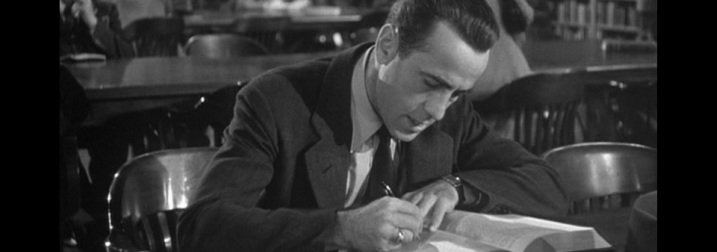 I followed the advice from teachers and craft books that said I must create a separate biography for each of my characters. My biography included the character’s astrological sign, where she went to junior high and what sports she played. I spent literally months spinning details for each of my characters.
I followed the advice from teachers and craft books that said I must create a separate biography for each of my characters. My biography included the character’s astrological sign, where she went to junior high and what sports she played. I spent literally months spinning details for each of my characters.
When it came time to introduce them in scene, my characters rebelled. One morphed from ditsy to sharp-witted; from plump to anorexic. Even her name changed. Why? I put her in the scene and challenged her and she rose up off the page to become something different. Something better.
For me, constructing character biographies is as two-dimensional as constructing detailed plot outlines before I’ve written a scene. Does that mean I believe in letting my story evolve day by day, not knowing where it will lead me? Absolutely not. I have my murder and my murderer, I know what kind of person my murderer is and most of the challenges my protagonist will face. I have the skeleton in place, I have my cast of characters. That’s when I start writing scenes and discover who I’m dealing with.
The characters reveal themselves as they bump against one another and a shape emerges. Once I have a shape, there’s many ways to get to know my character better. Writing exercises help this process along.
Exercise: Take one of these scenarios and write for 10 minutes using a character
you make up on the spot or an existing character.
1. Character caught shoplifting.
2. Seen with an ex by jealous current.
3. Dragged to a party character knows she’ll hate.
4. Late for an important appointment and stuck in traffic.
5. Mate/friend breaks a promise to do something important for the character.


 Are you one of those writers who can’t resist the latest book on the writing craft? I am. All someone has to do is mention a craft book and I’m headed to the bookstore.
Are you one of those writers who can’t resist the latest book on the writing craft? I am. All someone has to do is mention a craft book and I’m headed to the bookstore. The antagonist is the character that opposes your protagonist because his agenda opposes your protagonist’s agenda. He doesn’t even need to be all that bad, but to make an interesting story he must be as strongly motivated as your hero. He must be an equal match in terms of strength and resources as your protagonist. It’s even more interesting if your antagonist has a bit of an edge.
The antagonist is the character that opposes your protagonist because his agenda opposes your protagonist’s agenda. He doesn’t even need to be all that bad, but to make an interesting story he must be as strongly motivated as your hero. He must be an equal match in terms of strength and resources as your protagonist. It’s even more interesting if your antagonist has a bit of an edge. The New York Times film reviewer A.O. Scott
The New York Times film reviewer A.O. Scott  You sit down for a day of novel writing. A paragraph later your character rolls up his sleeve and his forearm is tattooed in Chinese script. You halt your writing and look up Chinese writing on Wikipedia, and following the source material at the end of the article, you order two books on Chinese calligraphy. The next thing you know it’s time for lunch. Is this a good use of your time? Only you know the answer.
You sit down for a day of novel writing. A paragraph later your character rolls up his sleeve and his forearm is tattooed in Chinese script. You halt your writing and look up Chinese writing on Wikipedia, and following the source material at the end of the article, you order two books on Chinese calligraphy. The next thing you know it’s time for lunch. Is this a good use of your time? Only you know the answer.